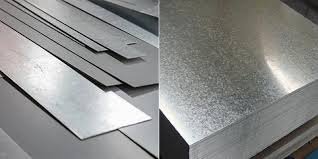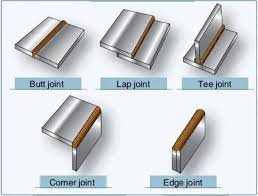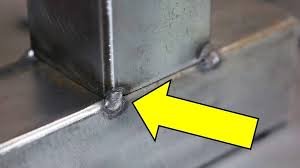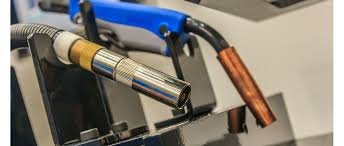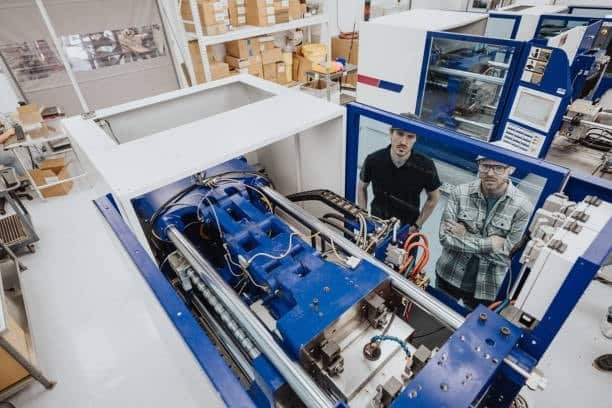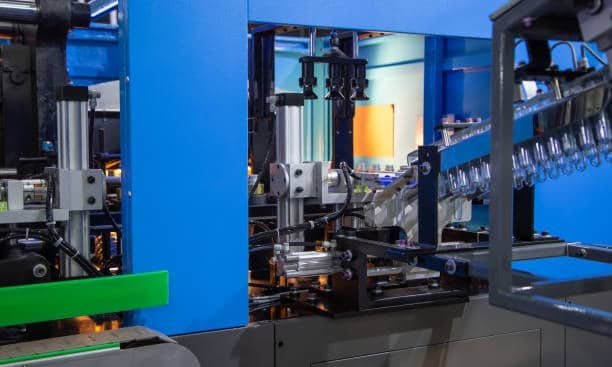Galvannealed vs Galvanized Steel: The Ultimate Guide to Choosing the Right Coating for Your Industrial Needs
Galvannealed and galvanized steel should be used when it is required by certain conditions of use, the conditions of processing, and environments. Galvanized steel is fine on protecting against corrosion and thereby boosting the durability of the steel hence suited to both construction and outdoor use. Galvannealed steel gives excellent paint adhesion and weldability and is ideal in applications such as automotive and manufacturing where further fabrication is required. Being aware of the key differences between carbon steel and other option , decision-making concerning your industrial requirements can be based on rational calculations that can attain maximum performance, cost-efficiency, and service life.

